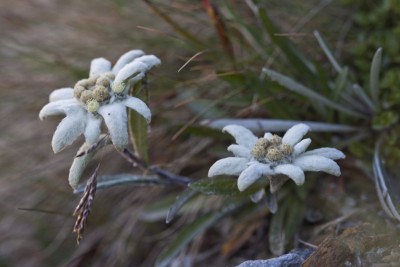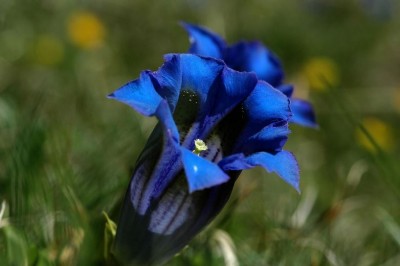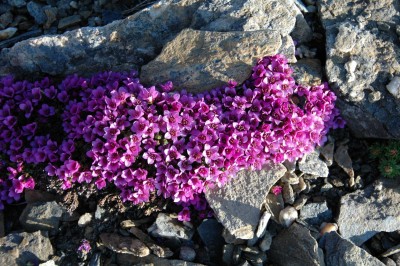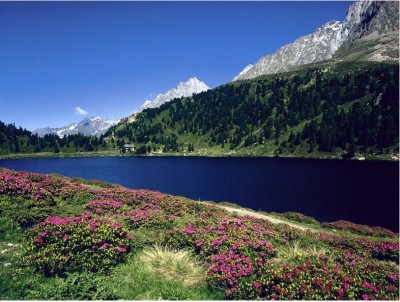Discovering nature Flora
Larch-stone pine forests, acres of dwarf shrub, colourful mountain meadows, lichens, fungi and an enormous variety of flowers on the scree – discover the most beautiful alpine plants in nature's botanical garden.
A world for specialists
An estimated 3,500 plant species have been found to date in the Hohe Tauern National Park, of which approximate 1,300 ferns and flowering plants. The majority of these plants are protected because they are very rare. Many are specialists that have adapted perfectly to the extreme climatic and soil conditions and react very sensitively to changes or disruption in their habitat. During the ice ages, only a few of these indigenous species were able to survive on ice-free patches. This created space for vegetal immigrants – discover the rich biodiversity!
National park history -
the formation of the Alps
The Tauern Window is an unusual geological feature:
You can view an exciting journey through the millennia of Earth's history.





